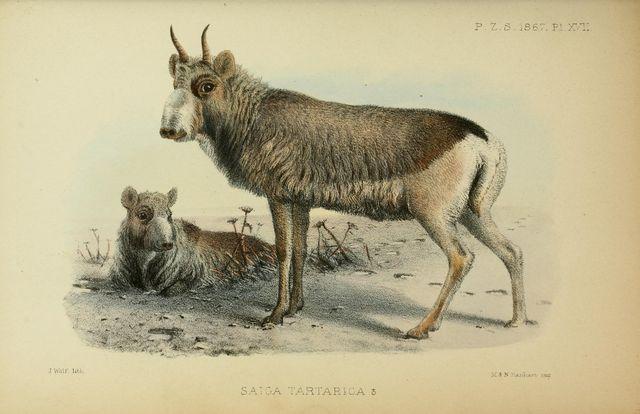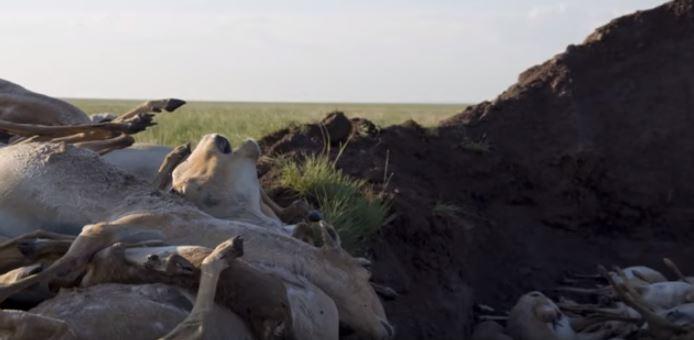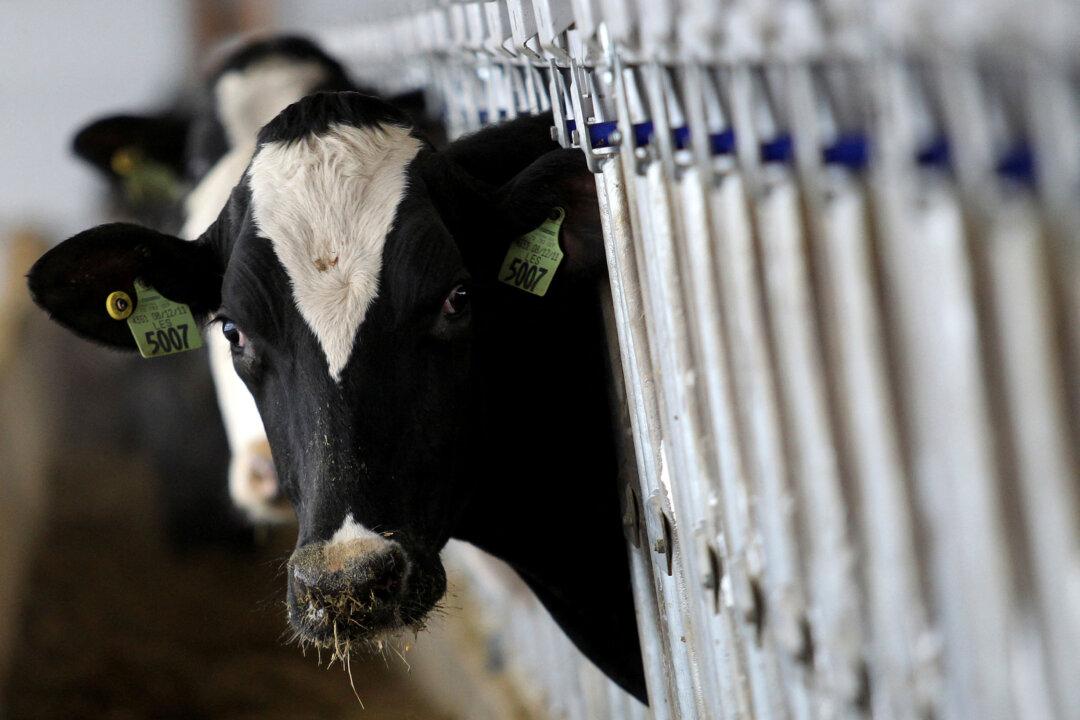The first numbers coming in were pretty bad—85,000 saiga antelope died in just one day earlier this year, and another 60,000 perished soon after.
But the total figure now released by researchers is 211,000—a stunning 88 percent of the antelope in Kazakhstan’s desert.
The weird die-off prompted scientists from Kazakhstan, China, Russia, and several other countries to meet with a representative of the U.N. to try to figure out what happened.
They came to the conclusion that bacteria played a role in the decimation, but aren’t sure how the normally harmless microbes exacted such a toll.
“The extent of this die-off, and the speed it had, by spreading throughout the whole calving herd and killing all the animals, this has not been observed for any other species,” geoecologist Steffen Zuther told Live Science. “It’s really unheard of.”
Lots of questions still remain—for instance, why did some herds suffer a near 100 percent mortality rate within 24 hours?
“This is not really normal for a biological system. It’s bizarre, extremely rare, and doesn’t make a lot of sense. Usually in a system, a proportion die and get sick,” Richard A. Kock, of the Royal Veterinary College in London, told The Guardian.
Another possible cause is weather—a cold winter followed by a wet spring.

Studies of the creatures and attempts to clarify what happened will continue, but it’s tough to see after year of conservation efforts propelled the saiga population from 50,000 to over 250,000.
Even worse, Kock warned total extinction could be in the future.
“It’s a question of luck at this stage,” he said.
“If you can lose 100 percent of a population, you’re left with a few populations and they are all affected at the same time, that’s it … If climate change is involved, the frequency [of deaths] will increase and if that’s the case then extinction could be inevitable.”





